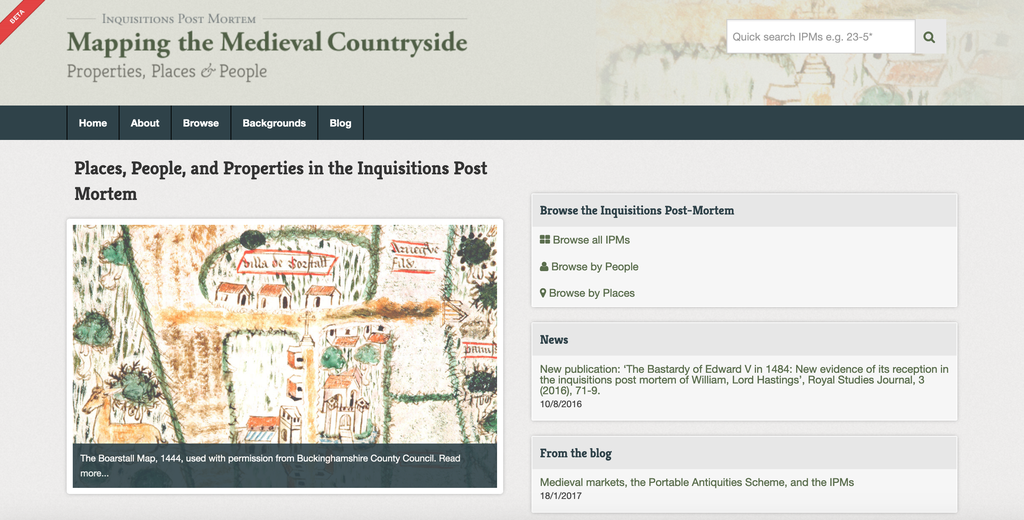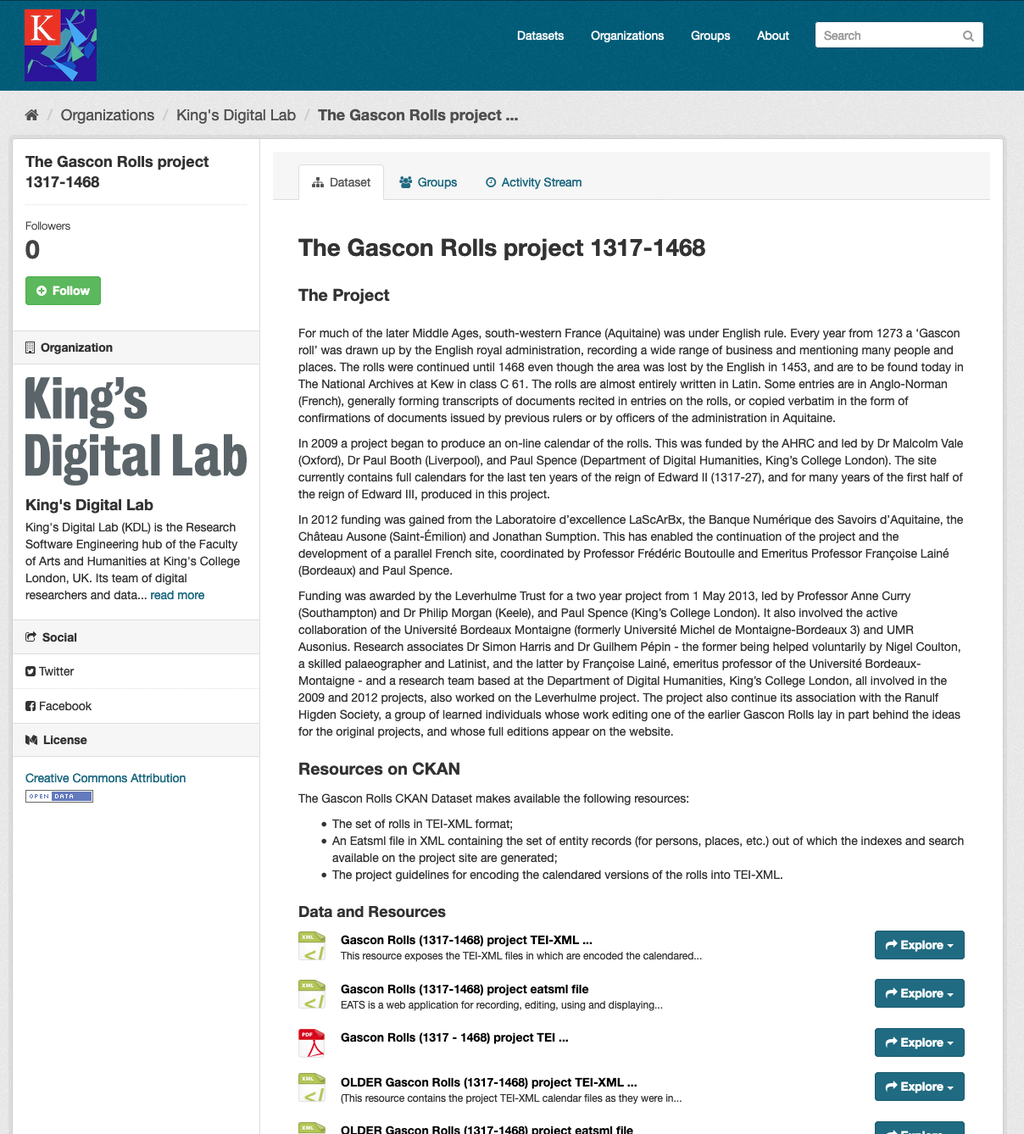Reflections on an Internship at KDL

Art challenges technology and technology inspires art
John Lasseter
Walt Disney Imagineering
The quotation above neatly describes the delicate relationship between two domains. Indeed, the interaction between art and technology can bring delightful outcomes. Digital Humanities - the intersection of computing technologies and humanities disciplines are one of them. As an interdisciplinary field, it thrills me with the infinite possibilities that come with it.
Being a student of the Digital Humanities MA at King’s College London allows me to get a sense of the potential for knowledge production within this field. The opportunity to work at King’s Digital Lab (KDL) has helped me put what I’ve learned into practice. Introduced by Professor Oreglia to the internship module, the postgraduate internship in the DDH-KDL legacy data project was set up to explore new ways of exposing project research to a wider audience within and outside academia. By doing so, we hope to improve the research potential of past collective projects and strengthen ongoing efforts to justify investment in their long-term sustainability. During my internship, I have been lucky to have Paul Spence (Senior Lecturer at the Department of Digital Humanities) and Dr. Arianna Ciula (Deputy Director & Senior Research Software Analyst) as my supervisors who provided me with care and support throughout.

The IPM homepage
My main task was to prepare new datasets based on legacy projects for inclusion in the KDL open data repository (https://data.kdl.kcl.ac.uk) and complete preliminary data entries. These projects include the Gascon Rolls project 1317-1468, the Inquisitions Post Mortem project, Schenker Documents Online project, and People of Medieval Scotland project 1093 - 1371. They range from summarised (so called ‘calendared’) editions of medieval documents to collections of modern correspondence. CKAN is the open-source data portal platform used to store and publish our datasets. Before updating the repository and prior to data publication, I worked with Research Software Analysts Dr. Paul Caton and Neil Jakeman to identify the resources. After this, I collected metadata and enriched the description of our datasets with the guidance of my supervisors. I learned how to manage metadata such as version, project team, and maintainer, etc. During my internship, I had the chance to talk with the metadata expert Dr. Kristen Schuster, who inspired me to think more about the work I was doing. After our talk, I pondered questions from the perspective of the CKAN platform and the audience such as: ‘What can CKAN do to satisfy our and the audience’s needs’? ‘What are the possibilities and limitations of CKAN’? ‘Who is the audience’? ‘What do they need from us…?’ These reflective thoughts gave me a deeper understanding of metadata and helped me to do a better job.

CKAN dataset page
My experience at KDL has taught me more than that. As a new member at KDL, I observed how the team works and learned to cooperate with people from different backgrounds. I learned the way they communicate with stakeholders and I myself had the opportunity to liaise with project partners. I saw a small yet wonderful team here; within it, each member plays their own role while helping each other to move forward. The close cooperation between these creative Research Software Engineers (RSEs) helps a lot of amazing ideas become reality. More importantly, I can always feel that people value my ideas and thoughts even if I don’t have as much experience as they have in this field. I learned that showing respect to each team member helps to build a better team.
During my internship, I witnessed what can be done with digital tools to tell the fascinating story of the past and demonstrate the charm of the humanities. Many of the legacy projects I worked on are historical in subject matter and present a glimpse of what digital humanities research can achieve in relation to the study of the past. For me, digital humanities is a conversation with the past in a disruptive way, like lifting a layer of dust and allowing the colours to shine through. Thanks to the great opportunity provided by the Department of Digital Humanities and King’s Digital Lab, I had the honor to be a part of this conversation.
